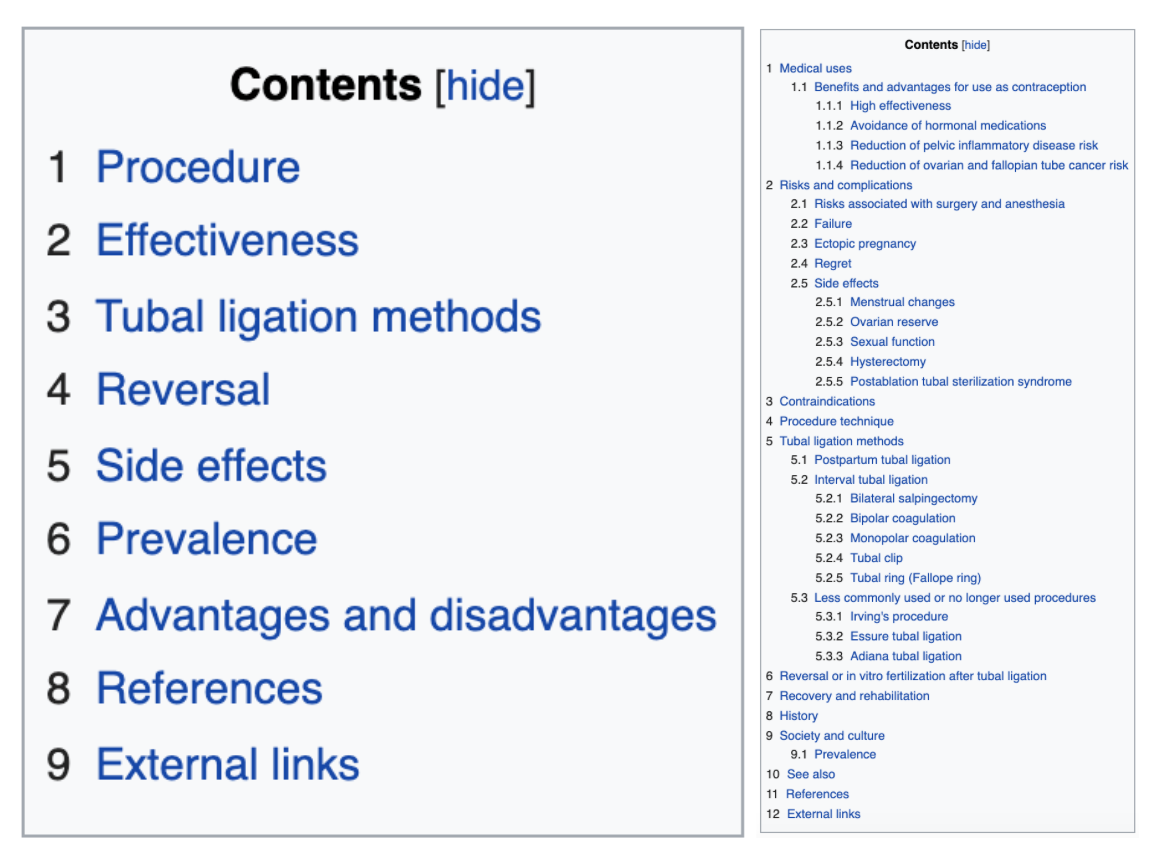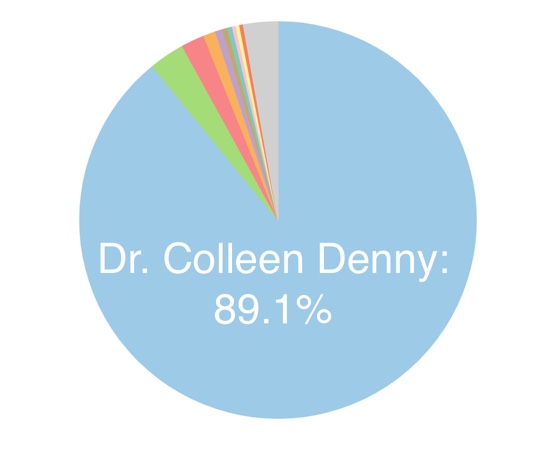Would you trust a university’s advice column to provide trustworthy medical content? Probably not. And while Wikipedia policies require high-quality sources for medical articles, the guidelines aren’t always followed, and there are too few volunteers editing medical topics to keep all such articles at a high standard. That’s why the article for the medical procedure tubal ligation, also known as getting one’s “tubes tied”, was using an “Ask Alice” advice column to support a sentence about side-effects of the procedure for the past six years.
Enter an OB/GYN and Wiki Education-trained Wiki Scientist, supported through our partnership with the Society of Family Planning: Colleen Denny, MD. Colleen is a Clinical Assistant Professor at New York University’s Department of Obstetrics and Gynecology. When asked why she took the time to learn how to edit Wikipedia, she said “Wikipedia is such a common first source of information on the internet. It’s remarkable how widespread and accepted it is as a reliable source (or at least a place to start) for just about everything. Our patients are using it for their health questions, so the more health professionals we have editing, the better and safer information they get.”
Colleen saw that Wikipedia’s article for tubal ligation just wasn’t up to scratch. In addition to having poor medical references such as advice columns, several paragraphs lacked citations of any kind. And with an article that’s viewed more than five hundred times every day, she knew that the public needed a better and more reliable article. Not only that, though, but it’s a medical procedure that she performs on a weekly basis. As a medical doctor, her training and education helped her quickly see parts of the article that were inaccurate or outdated. As a participant in our 12-week course for professionals, she was equipped with the tools to fix the errors and inaccuracies she saw.
With Colleen’s recent edits, the article is now nearly twice the size as it was in June 2019. Instead of twenty-two sources, some of which were unreliable, the article is now referenced with forty high-quality sources that meet Wikipedia policies for medical articles. Instead of having “advantages and disadvantages” lumped together at the bottom of the article, Colleen created an easy-to-follow article structure, with detailed sections and subsections for the many benefits of tubal ligations, as well as its risks and complications.


This experience resonated with Colleen as she realized her ability to quickly make expansive impacts: “In academic medicine, we spend a lot of time focused on writing articles and submitting papers to formal journals, and we spend a lot of time educating patients. And that all is a slow process and takes a lot of time and effort. But contributing to Wikipedia gives you a huge audience, all of whom are interested in your topic and have sought it out, almost immediately. There’s almost nothing else I could do or write that would get 500 page views every day, and it happens as soon as I hit ‘Publish’. Such a huge, immediate impact.”
Through updating old content, removing bad references, and covering new topics with detail, Colleen is now responsible for nearly 90% of the article for tubal ligation. When you click through the content, it’s her words you’re reading: a physician, a women’s health expert, and now, a Wikipedian.
If your institution is interested in sponsoring a Wiki Scientists course for its staff or members, send an inquiry to contact@wikiedu.org for more information about pricing and curriculum customization.
For more information about our partnership with SFP, read our blog post here.
